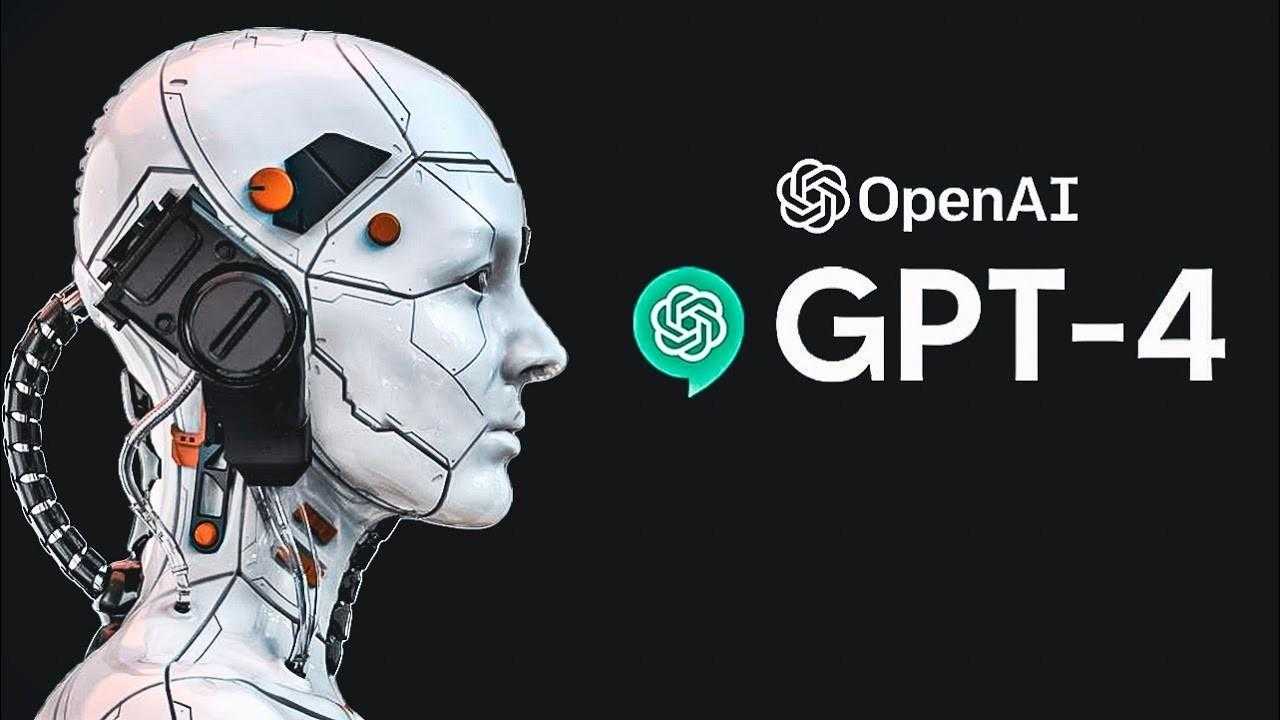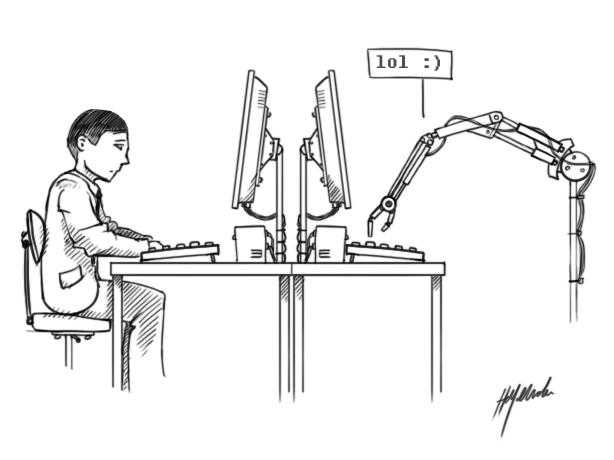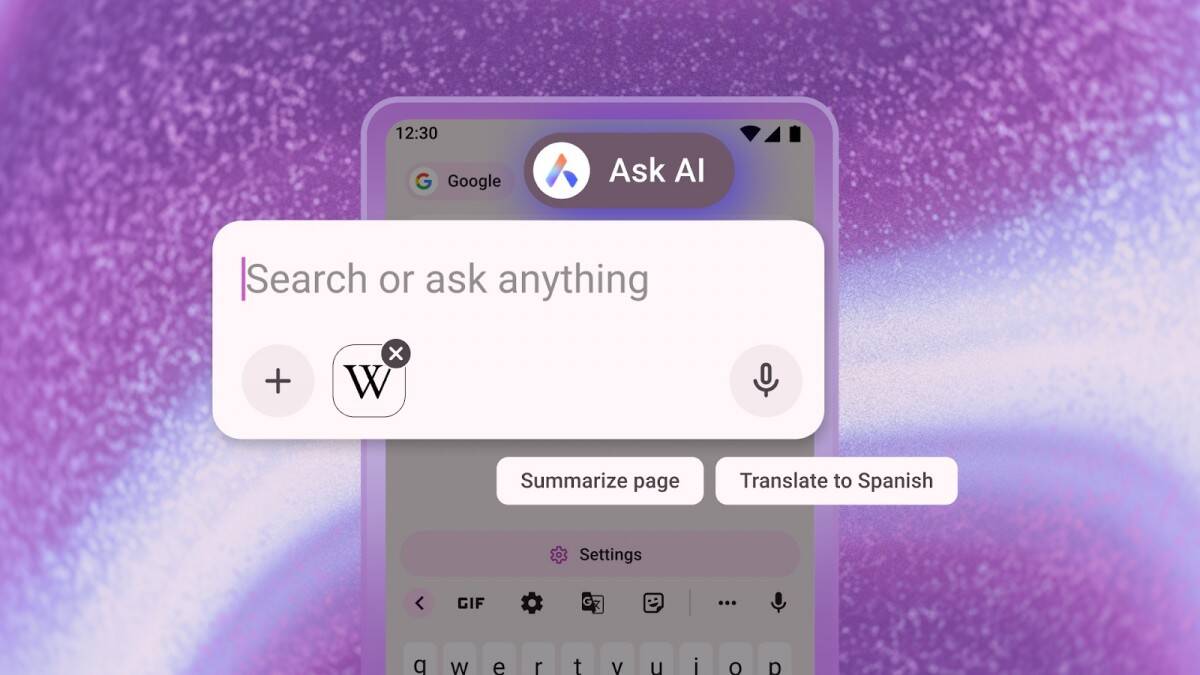GPT-4 passed the Turing test

In an article published on Live Science, journalist Drew Turney reports on a new study showing that the GPT-4 model passed the Turing test.
What is the Turing test?”
The Turing test, first proposed by computer scientist Alan Turing in 1950 as «a game of imitation», assesses whether a machine can demonstrate intelligence indistinguishable from a human. For a machine to pass the test, it must be able to carry on a conversation in such a way that the interlocutor believes he or she is talking to a human being.
Research
For the test, the researchers asked 500 people to chat with four respondents: a human, the ELIZA program from the 1960s, and the AI models GPT-3.5 and GPT-4, which underlie ChatGPT. Each interaction lasted five minutes, after which participants had to determine whether they were talking to a human or an AI.
Participants were asked to identify whether they were talking to a human or an AI.
Results of the study
According to a study published May 9 on the arXiv pre-science publication server, participants recognized GPT-4 as human 54 percent of the time. The ELIZA program, which uses preprogrammed responses and has no large language model or neural network architecture, was recognized as human only 22% of the time. The GPT-3.5 model was rated 50%, while a real person was rated 67%.
The GPT-3.5 model was recognized as human.
Impact of results on AI perception
«Machines can come up with plausible justifications for their actions, just as humans do,» explained Nell Watson, an AI researcher at the Institute of Electrical and Electronics Engineers (IEEE), in an interview with Live Science. «They can be subject to cognitive distortions, confused and manipulated, and become increasingly deceptive. All of these elements mean that human weaknesses and quirks are beginning to show up in AI systems, making them more human-like than previous approaches, which had little more than a list of ready-made answers.»
Human weaknesses and quirks are beginning to show up in AI systems, making them more human-like than previous approaches, which had nothing more than a list of ready-made answers.
Conclusion
.
The study demonstrates that current language models, such as GPT-4, have reached a level where their behavior can be mistaken for human behavior. This is an important step in the development of AI and raises many questions about the future of human-machine interaction.
An important step in the development of AI and raises many questions about the future of human-machine interaction.









